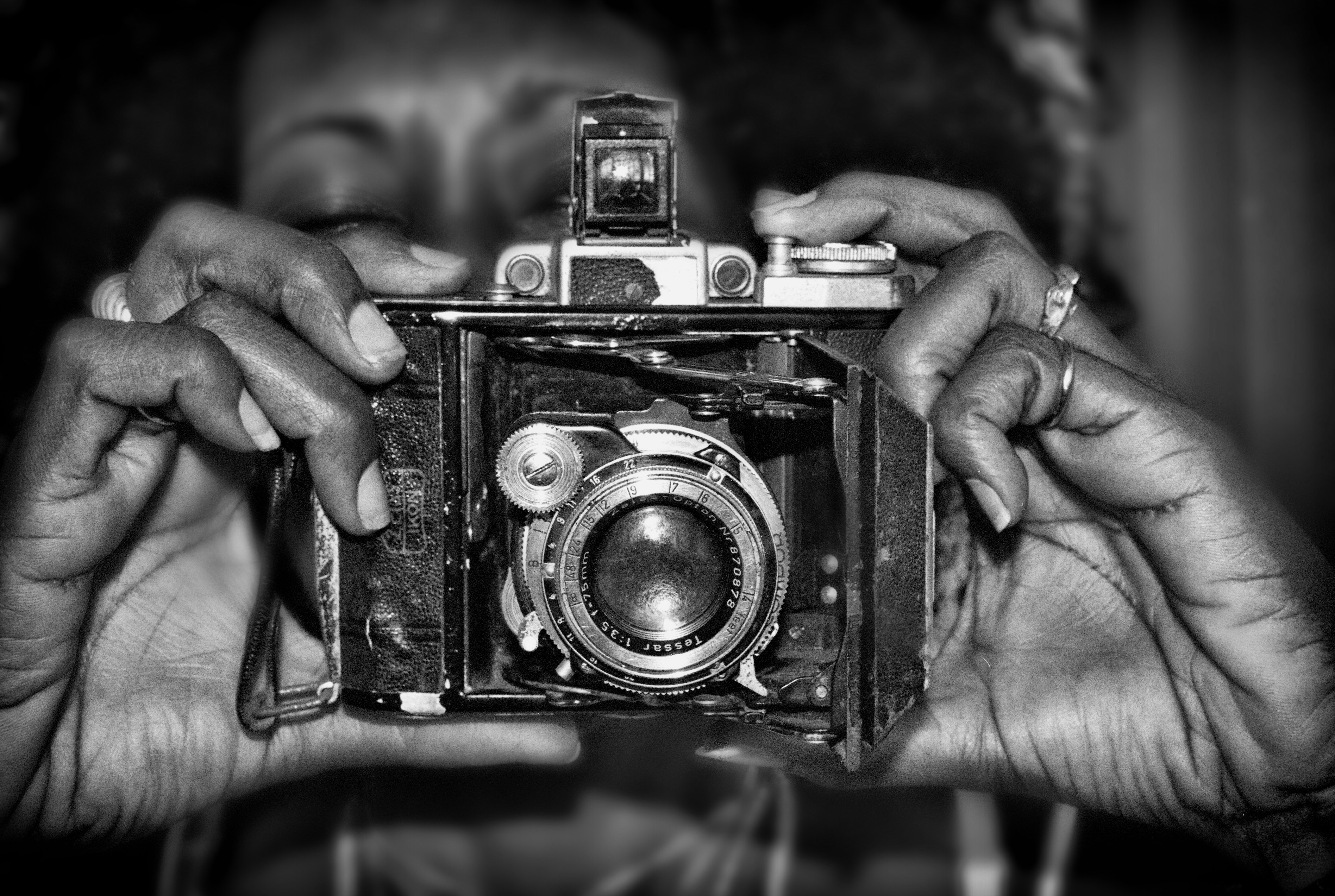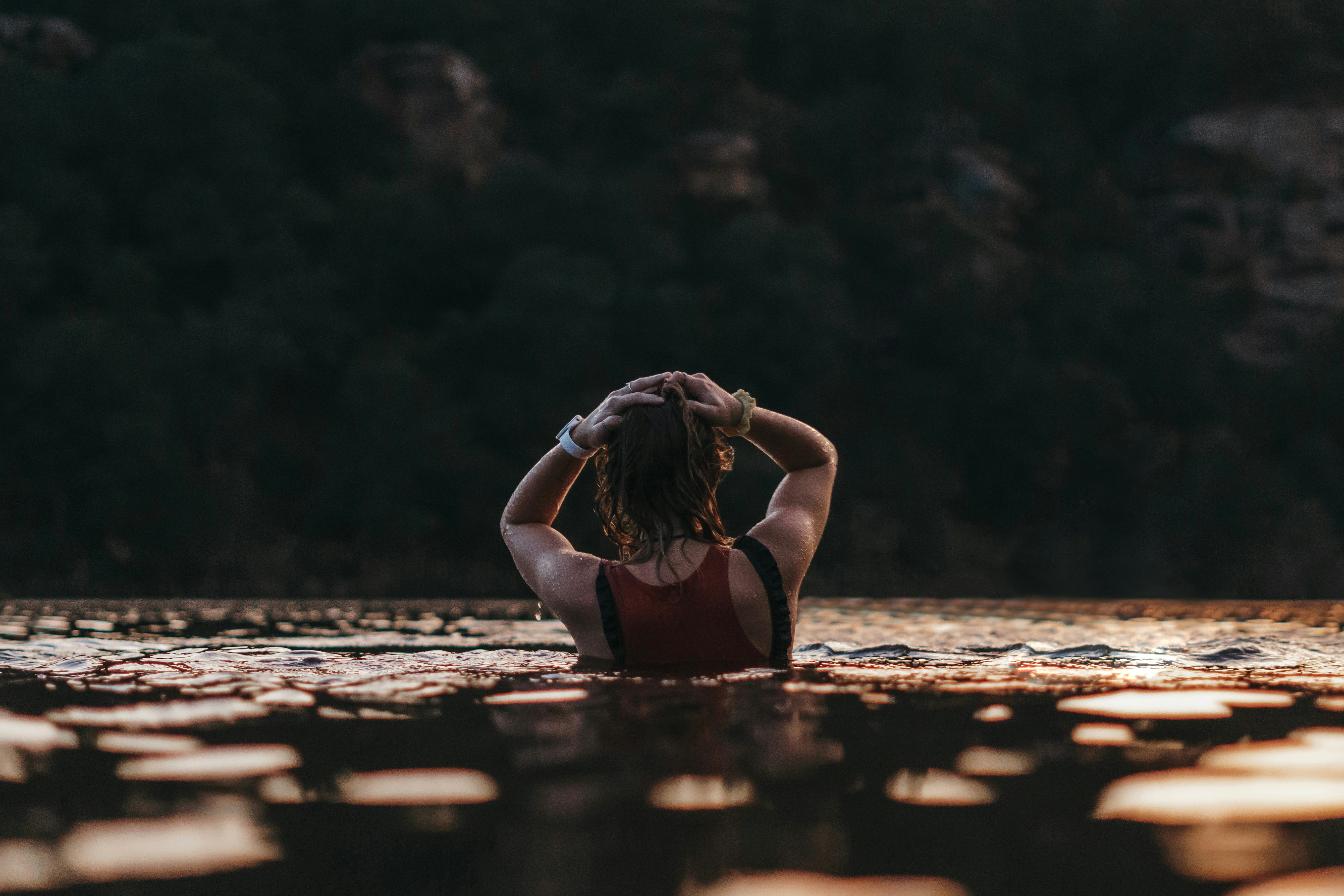The Lost Art of Photographic Storytelling: Merging Ancient Techniques with Modern Gear
In a world saturated with images, mastering photographic storytelling has transformed from passion to necessity. What if you could not only capture stunning visuals but also convey deep emotion and narratives through your lens? As we blend ancient techniques with the latest gear innovations, we uncover a powerful harmony—a photographic storytelling renaissance.
Rediscovering the Essence of Storytelling in Photography
Historically, storytelling has taken many forms. From cave paintings to classic literature, the main thread has been the desire to communicate experiences and emotions. Today, photography serves as a profound medium through which we can express the intricate tales of our lives, culture, and environments. As photographers, the challenge lies in evoking emotions that resonate with our viewers.
The key to unlocking authentic visual storytelling lies not just in the images we capture but in the techniques and tools we employ. Newer technology can enhance our narratives, yet ancient methodologies can deepen our connections to the subjects we shoot. To improve our understanding of this fusion, we begin by exploring what ancient storytelling techniques can teach us.
Ancient Techniques for Modern Visual Narratives
One of the most potent lessons we can draw from ancient photography techniques is framing. Early photographers would carefully compose their shots to create balance and harmony—lessons we can still apply using modern gear. Think of your digital camera as a modern-day extension of the photographer’s eye, highlighting bare essentials against expressive backgrounds to tell impactful stories.
Moreover, ancient cultures understood the significance of light. Techniques like chiaroscuro—characterized by strong contrasts between light and dark—allowed storytellers to guide the audience's emotions. In contemporary photography, we must similarly harness natural and artificial lighting to evoke various moods, from joy to nostalgia. Are we utilizing shadows effectively? Are we allowing light to play with our subjects? The answers to these questions can unlock deeper layers in our photography.
The Role of Modern Gear in Enhancing Storytelling
While ancient techniques have their benefits, modern gear also plays a crucial role in elevating our visual tales. Advancements in technology have resulted in impressive camera capabilities that allow even amateur photographers to shoot with incredible clarity and detail. However, it's easy to get lost in the myriad of features available.
Consider how camera settings influence your narrative. Mastering your camera’s manual mode can unleash its full potential, enabling you to tailor exposure, ISO, and shutter speed to meet your story’s needs. Unlocking your camera's capabilities can be the difference between a mundane shot and a stunning image that resonates emotionally.
Additionally, investing in quality lenses can dramatically affect your storytelling. Each lens possesses unique characteristics; for instance, a wide-angle lens can capture the vastness of a scene, conveying a sense of isolation, while a macro lens can reveal intricate details that contribute to a larger narrative. The choice of glass has never been more paramount.
Merging Techniques: Creating Emotional Depth
True storytelling in photography is about tying together technical prowess with emotional depth. One way to do this is by employing multisensory techniques that engage viewers beyond the visual spectrum. By considering how soundscapes impact your subjects—for instance, the gentle rustle of leaves in a nature shoot or the lively hum of a city street—you can imbue your images with a deeper emotional context that allows viewers to feel the story you are telling.
As a personal touch, consider the memories that influenced your choice of subjects or locations. Sharing anecdotes from your process adds another layer to your storytelling. For example, when capturing landscapes, reflect on how a certain hilltop reminds you of childhood adventures. Infusing personal stories into your photography can resonate powerfully, giving your audience an emotional stake in your narrative.
The Color of Emotion: Psychological Impact
Color plays a vital role in shaping emotions. The psychology of color teaches us that warm tones elicit feelings of happiness and comfort while cooler tones can evoke serenity or sadness. Familiarizing yourself with color theory can significantly enhance your storytelling.
Imagine combining these lessons with your camera gear. When examining a scene, determine what colors dominate and consider how they relate to the story you aim to tell. Adjusting your white balance or employing colored filters can alter the emotion conveyed in your photographs, taking your storytelling to unprecedented depths.
Crafting a Visual Narrative Through Minimalism
As we navigate the intricacies of modern photography, another ancient wisdom emerges: the beauty of minimalism. A minimalist approach emphasizes essential elements, inviting the viewer to focus on the key subject matter without distraction. By stripping away the excess, you can direct attention to the heart of your story.
Utilizing only the necessary equipment can enhance your creativity. Choosing a simple setup allows you to remain agile, enabling you to respond to changing conditions quickly. This philosophy flows into other aspects of photography as well; consider employing minimalist gear choices that align with the simplicity you wish to project narratively.
Storytelling in the Digital Age: The Importance of Authentic Voice
In recent years, a new demand for authenticity has reshaped the photography landscape. With the pervasive influence of social media, audiences crave genuine stories that resonate with them on a personal level. As photographers, it's crucial to remain true to our individual styles and voices.
Embrace the unique elements that make your story worth telling. Perhaps it’s your cultural background, personal experiences with your subjects, or even the unique challenges you face while navigating your photographic journey. Documenting this evolution through your lens can produce compelling visuals that stand out in a sea of photographs.
Harnessing Technology for Better Storytelling
The advent of artificial intelligence in photography has opened new horizons for visual storytelling. AI tools, for instance, can aid in the editing process, enabling you to enhance your stories without losing your unique perspective. By improving your workflows through AI-powered solutions, you can focus more on creative decisions and narrative development rather than spending excessive time on post-processing.
Furthermore, exploring techniques like integrating sound into your projects can add another layer of engagement. Consider creating multimedia experiences that bring viewers along on a journey while harnessing technology to support your storytelling.
Evoking Emotion Through Storytelling
Above all, the goal of photographic storytelling remains clear: to evoke emotion and connect with viewers. Whether capturing delicate portraits, dramatic landscapes, or urban environments, always strive to imbue your images with sincerity and intention.
Look into the profound emotional potential of sensory experiences. Employing elements such as texture and atmosphere can transform how your audience perceives and interacts with your work, creating lasting memories.
Push Beyond Conventional Boundaries
The beauty of photographic storytelling lies in its potential for evolution. As photographers, we are not bound by the standards of the past; instead, we must explore the uncharted territories of our imagination. Combining traditional techniques with cutting-edge gear encourages experimentation and playfulness.
Don’t be afraid to embrace imperfection, as sometimes unexpected moments reveal the rawest, most authentic feelings. This frame could bust open rigid conventions and lead to a more genuine connection with your viewer.
Your Next Steps Towards Mastery
What’s next in your journey as a photographic storyteller? Begin by revisiting the principles of ancient techniques and pair them with modern innovations. Experiment with light, explore personal narratives, and capture the unseen emotions that are often overshadowed in a hyper-commercialized world.
Allow your gear to facilitate your storytelling. Dive into projects that challenge you and lead you into uncharted waters of creativity. Consider engaging with online communities—sharing your work and gaining insight from others can lead to unexpected growth and inspiration.
Final Thoughts: Embrace Your Journey in Storytelling
The lost art of photographic storytelling is not lost but rather waiting to be revived. By merging ancient techniques with modern gear, we can create narratives that transcend mere visual representation. Photographs can be vessels through which we explore and communicate our world, allowing us to touch hearts and inspire minds.
Embrace the adventure, and remember: every photograph tells a story, and every story is worth telling.
: Explore the fusion of ancient storytelling techniques with modern photography gear to create emotionally resonant images that captivate your audience.













